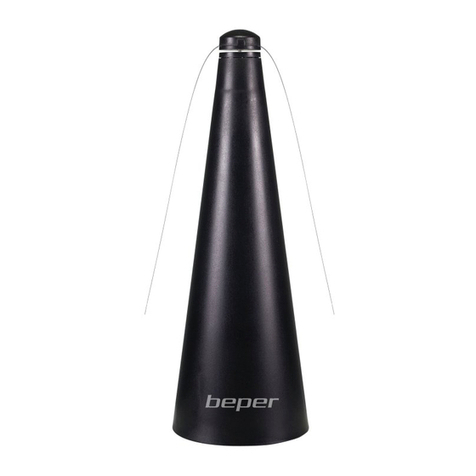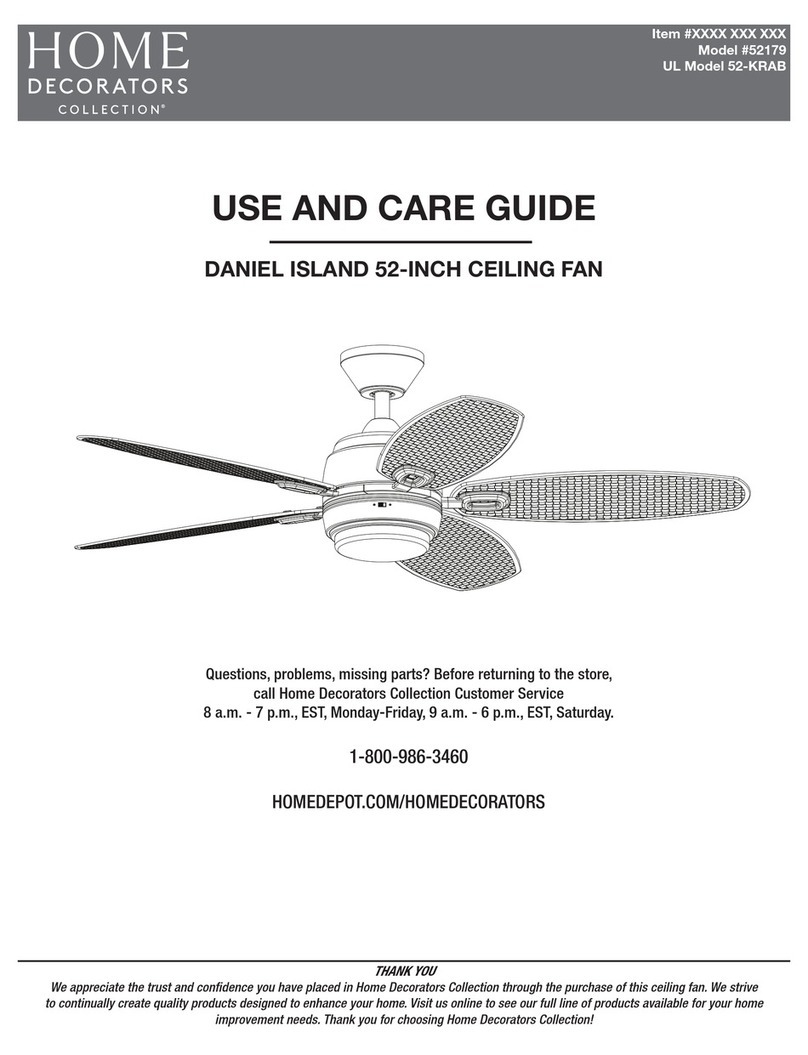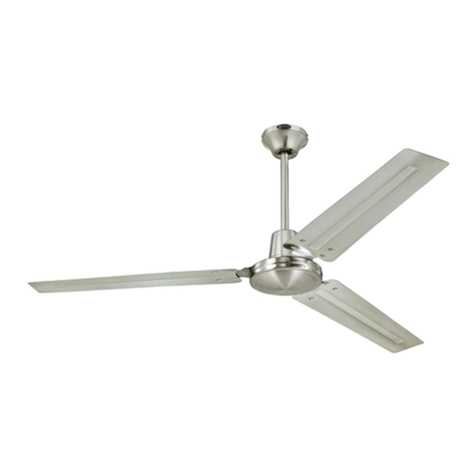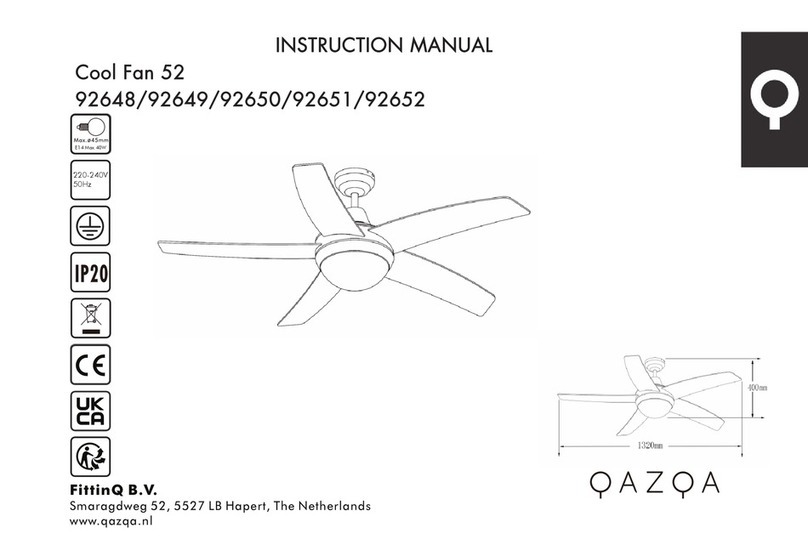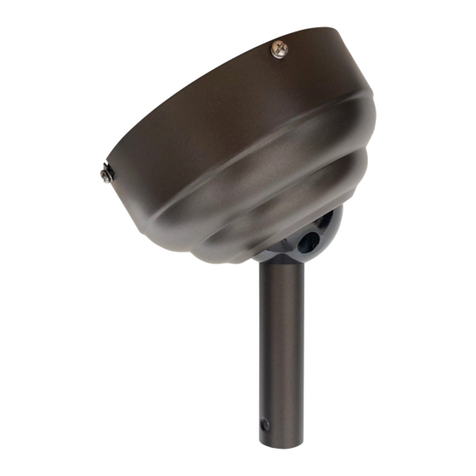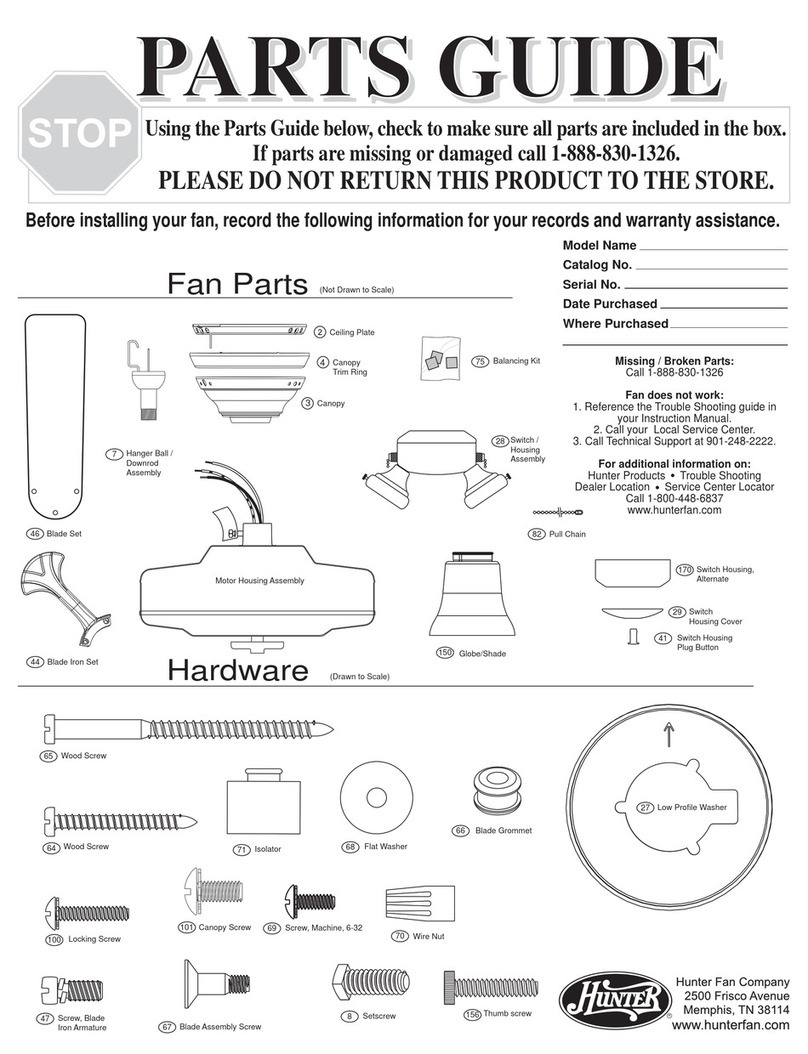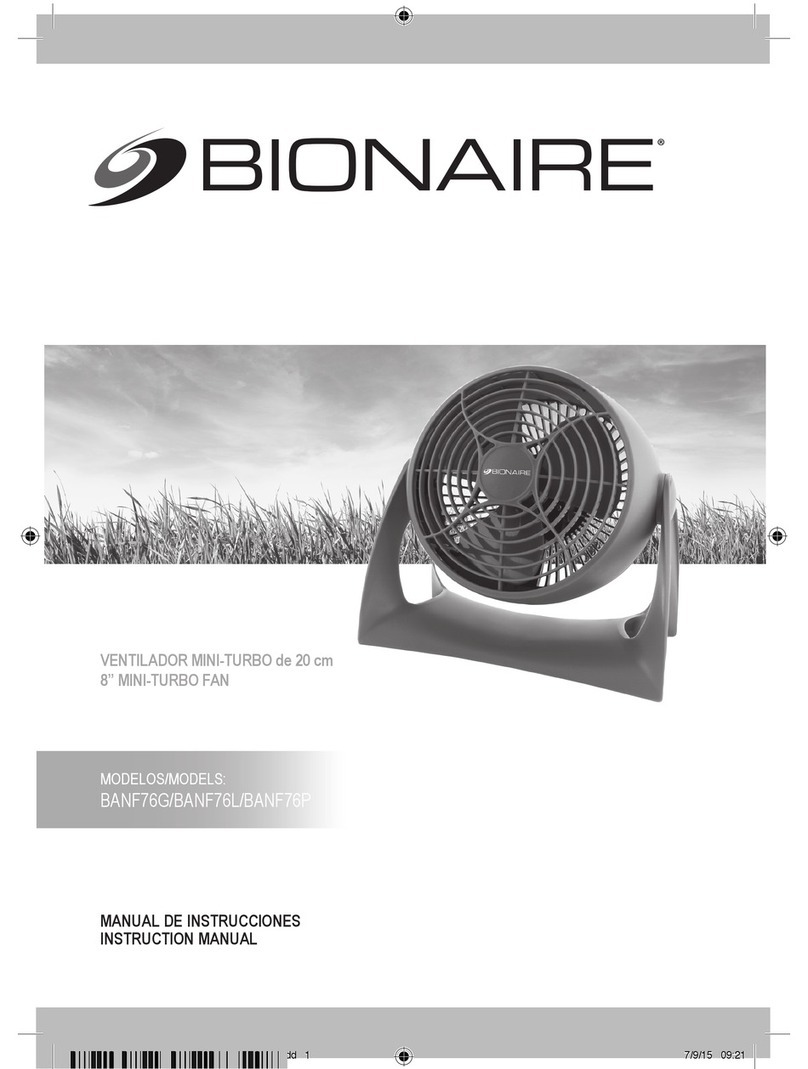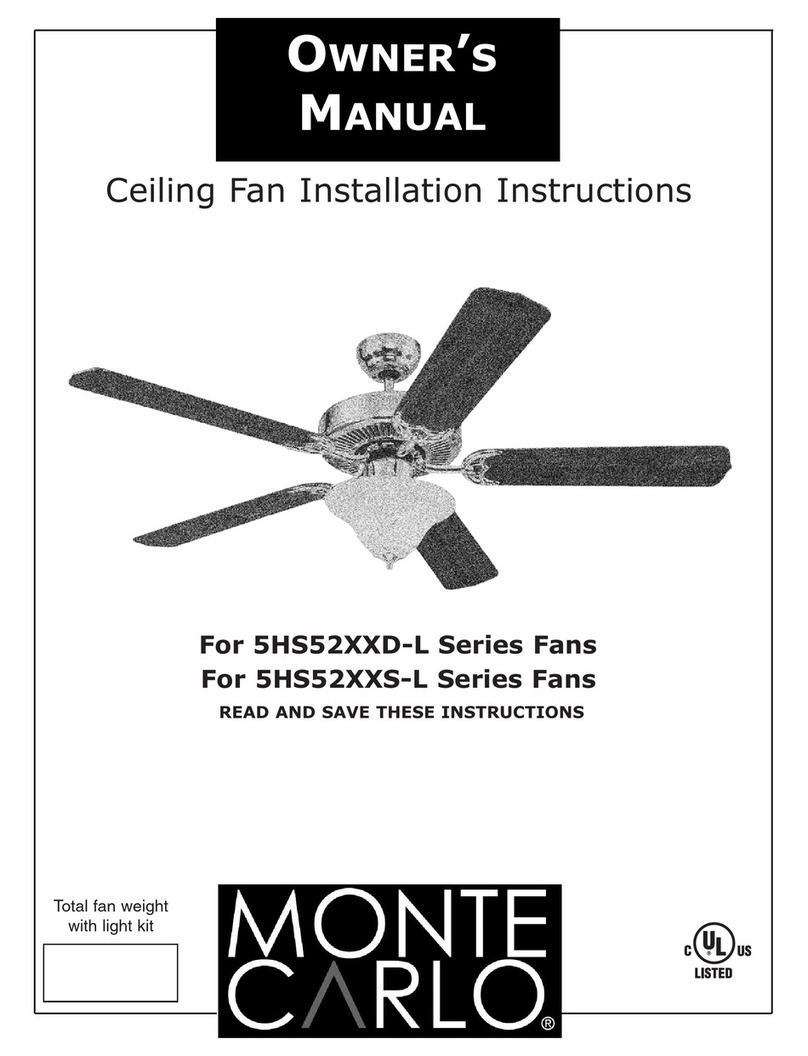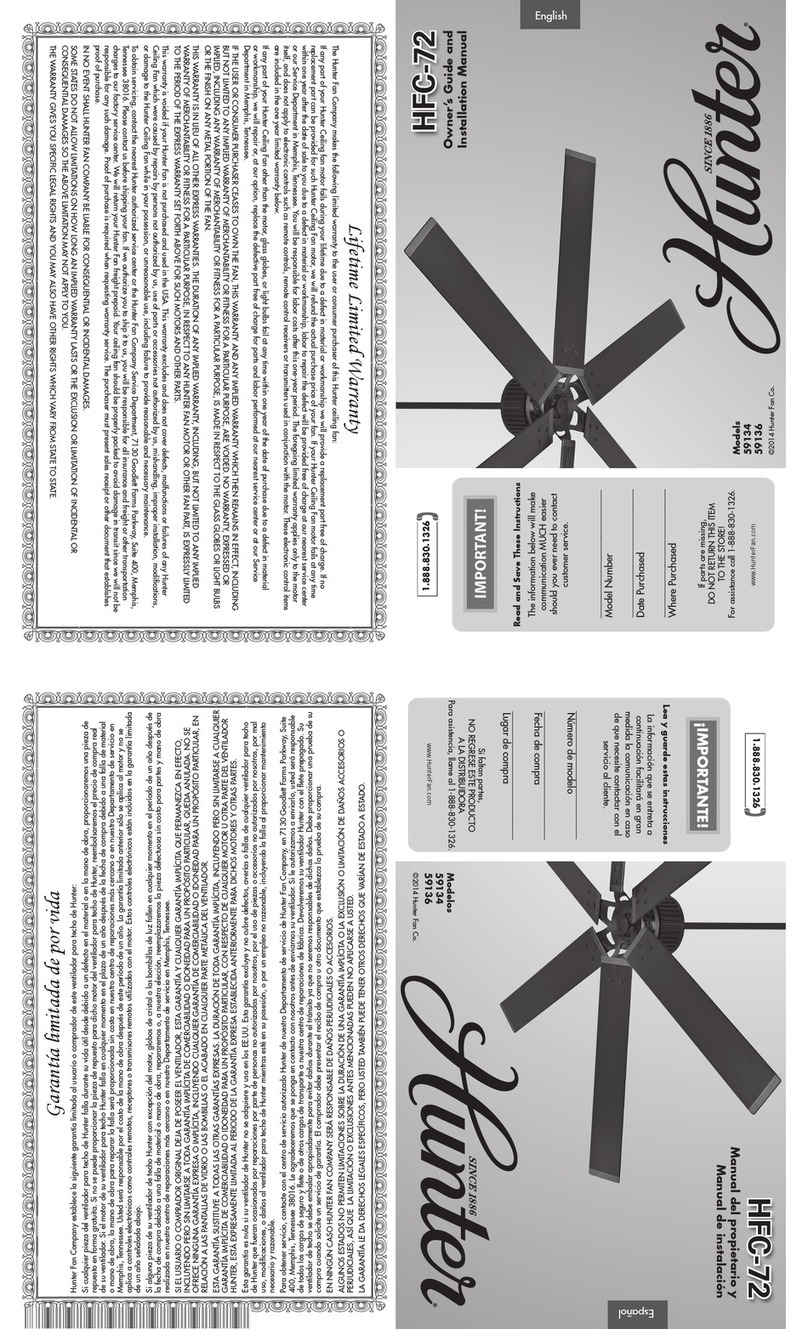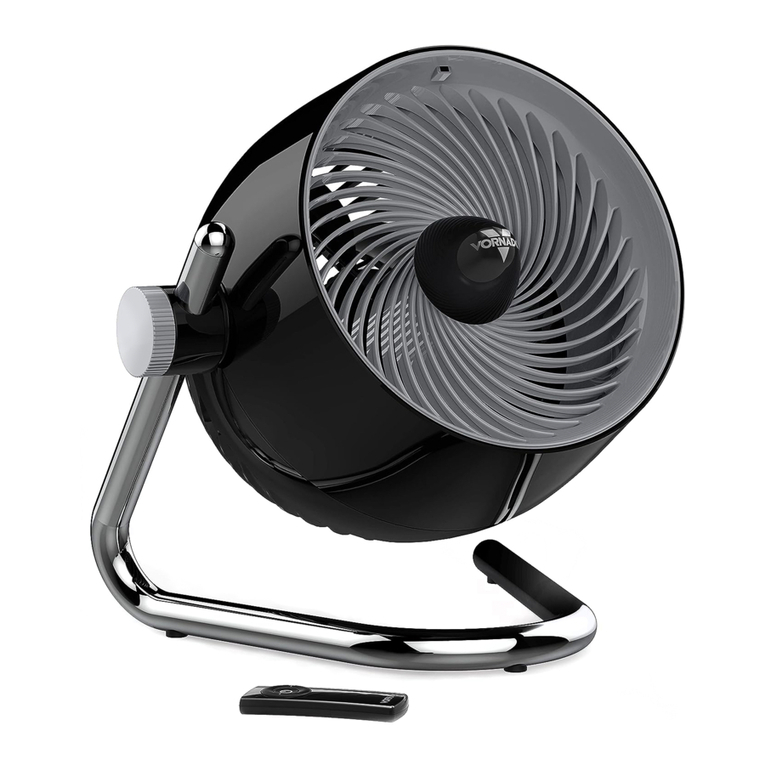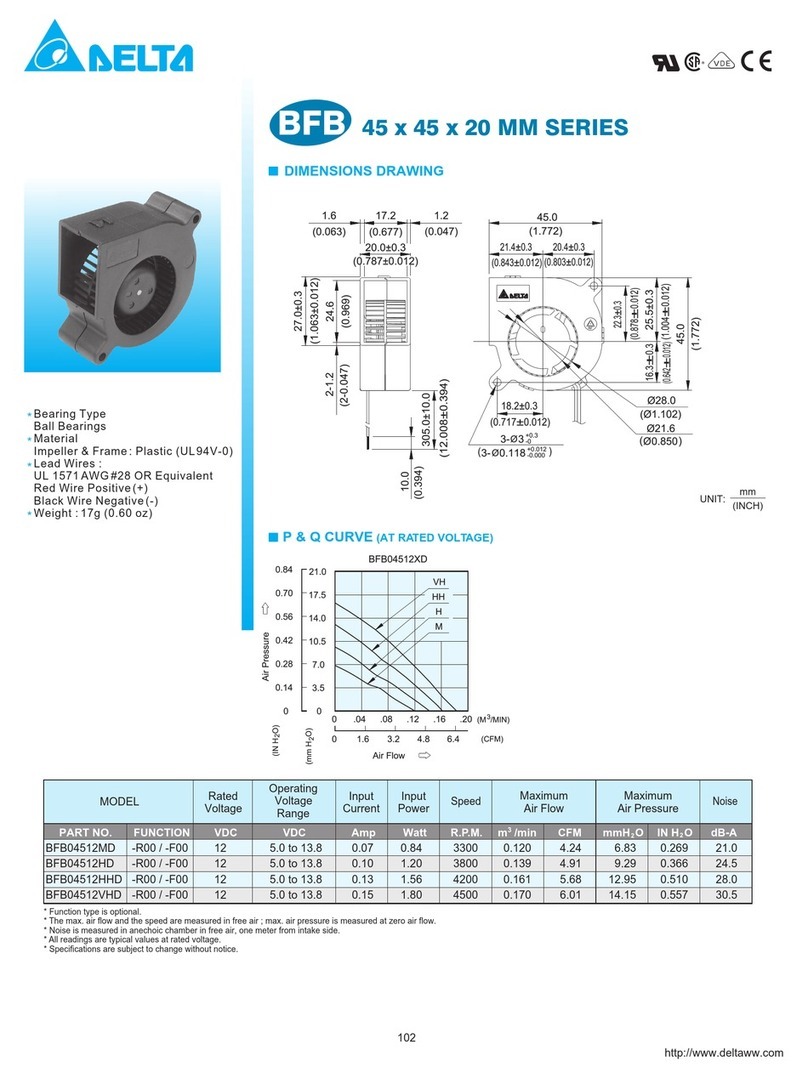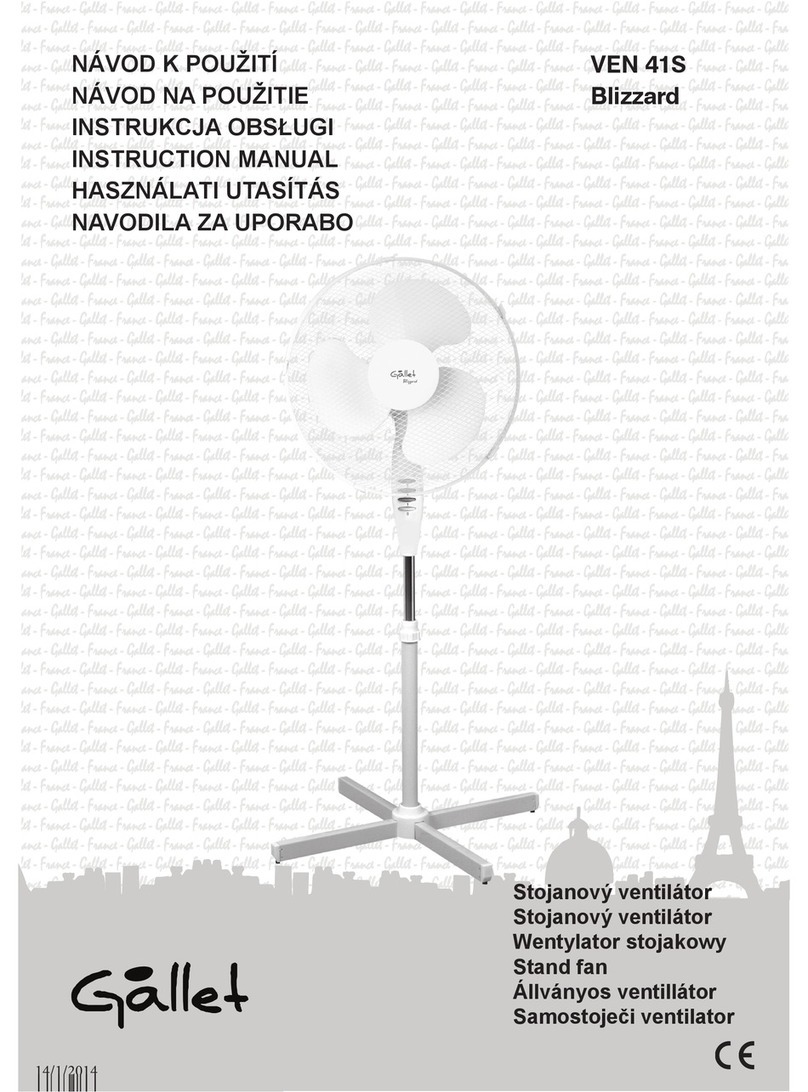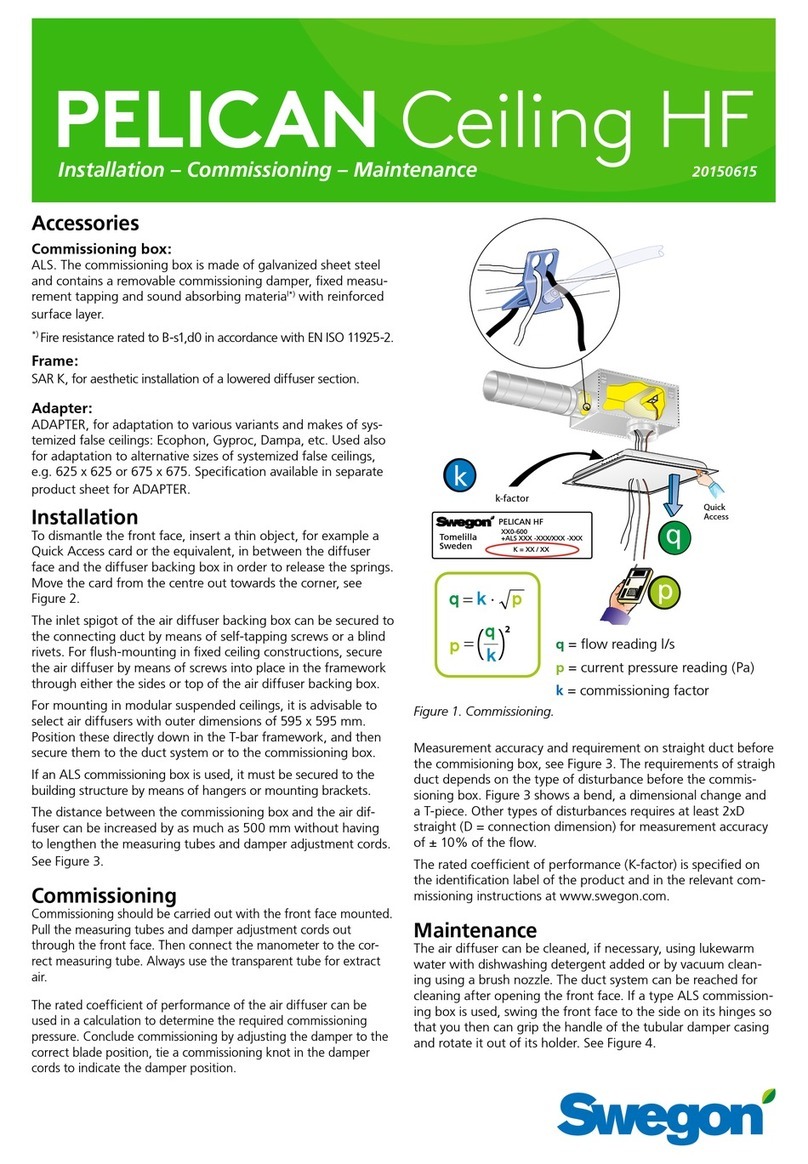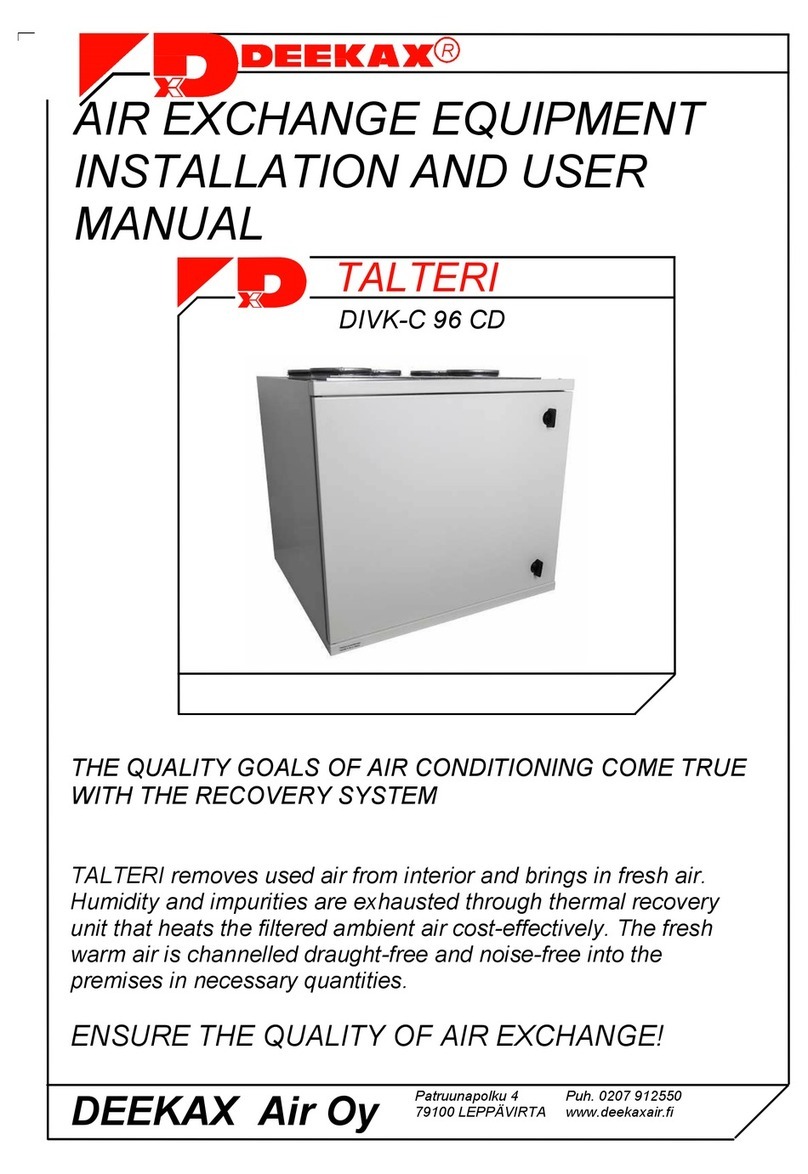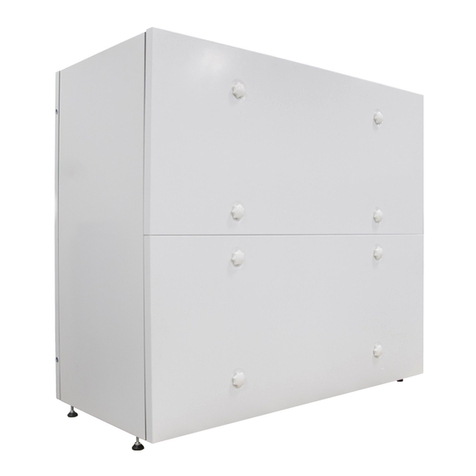
15
3.7. Office mode
The installer can select the office mode from the maintenance menu – this is useful in case the air exchange system is installed
into an office where activities take place mostly during daytime.
The mode is equipped with continuation switch that enables persons who remain in the office for longer to prolong the
functioning of the appliance by set interval. Intensification and out-of-house mode functions are not usable in the office mode.
Remote control mode can also be selected from the maintenance menu that enables to switch the unit on and off by the mean of
pre-programmed data and weekly clock functions are deactivated.
4. Setting the temperature
Temperature is measured from four different sources: temperature outside, inlet temperature, outlet temperature and exhaust air
temperature. The temperatures are displayed on the operating panel. The precision of measurement is +/- 1 degree.
4.1. Afterheating
The thermostat leads the afterheater located in the inlet channel. The heater can be electrical or water heater and is selected by the
installer from the maintenance menu. The heater keeps inlet air at the exact temperature selected by the user. The desired
temperature can be set from the operating panel. Set values are between 5 – 30 d egrees.
4.2. Preheating
Preheater is an electric heater located in the outlet channel. The preheater´s thermostat is driven based on the temperature of
exhaust air. Preheating is meant for prevent freezing of the recovered heat. The temperature setting of the thermostat can be
selected by the installer from the maintenance menu with limitations of 0 – 10 degrees.
4.3. Summer cassette function
The unit is eq uipped with summer cassette for heat exchange during summertime. The user can select the function manually or let
the functioning be determined automatically according to the temperature outside. During the Summer-mode, the bypass plate of
the cassette is activated. The automatic fu nctioning can be set with external temperature between 15 – 20 degrees.
5. Alarms and reminders
5.1. Activation of overheat protection
Information on activation of overheats protection connected to electrical afterheater and preheater is received from the heater. In
case the protection launches, the impellers are automatically set on minimum speed, red indicator light blinks on the operating
panel and the display informs about malfunctioning.
5.2. Inlet air too cold
Inlet air minimum temperature must be set from the maintenance menu. When the air temperature is lower than set, the
information will be d isplayed on operating panel and red indication light is turned on. The inlet impeller is stopped and the speed
of outlet impeller is reduced to minimum. These actions prevent the water-circulation battery from freezin g.
5.3. Income air too hot
Maximum limit of income air temperature must be set from the maintenance menu. When the air temperature exceeds the set
limits, respective information will be displayed on operating p anel and red indication light is turned on. The inlet impeller is
stopped and the speed of outlet impeller decreased to minimum.
5.4. Exhaust air too cold
The exhaust air temperature minimum limits must be set from the maintenance menu (-10 … 10 degrees). When the air
temperature is lower, warning is displayed on the operating panel and red indication light is turned on. The temperature is
attempted to keep above the set value by reducing the speed of inlet air impeller (see also preheating) by regulating it one-
time. In case the air temperature does not rise over the alarm limit even when the impeller is completely stopped, the red
indication light starts to blink and freezing alert is displayed . In case the temperature is restored to normal, normal functioning
will be also restored by increasing the impeller speed one-step at a time.
5.5. Danger of water battery freezing
In VKL machines can be set the temperature of the water radiator from the service menu “radiator return min temp”
and when the value falls down, a notification is displayed and the red indicator lights up in the control panel. The inlet
fan is stopped.
5.6. Alarms for remote monitoring
General alerts may be taken into the remote control from potentially free relay. Alarms are obtained inlet air hot or
cold, danger of water battery freezing, overheat protectors and if the machine is stopped.
5.7.Maintenance interval reminder When the maintenance interval is complete, the respective informatio n is
displayed on the operating panel and the indication light blinks green. The user can reset the reminder after the filters have been
changed. The maintenance interval counter is reset and the new alert will be transmitted after the period has b een completed
again. The maintenance interval can be set between 3 – 12 months.
5.8. Filter-dirty notice Differential pressure s
witch can be installed to the equipment that measures dirtiness of the inlet air
filter by monitoring its differential pressure. When the switch runs, the display transmits the necessity of filter-change and the
indication light blinks yellow. Differential pressure switch is taken into use through the maintenance menu and it deactivates
maintenance interval reminder indication light blinks yellow. Differential pressure switch is taken into use through the
maintenance menu and it deactivates maintenance interval reminder
















